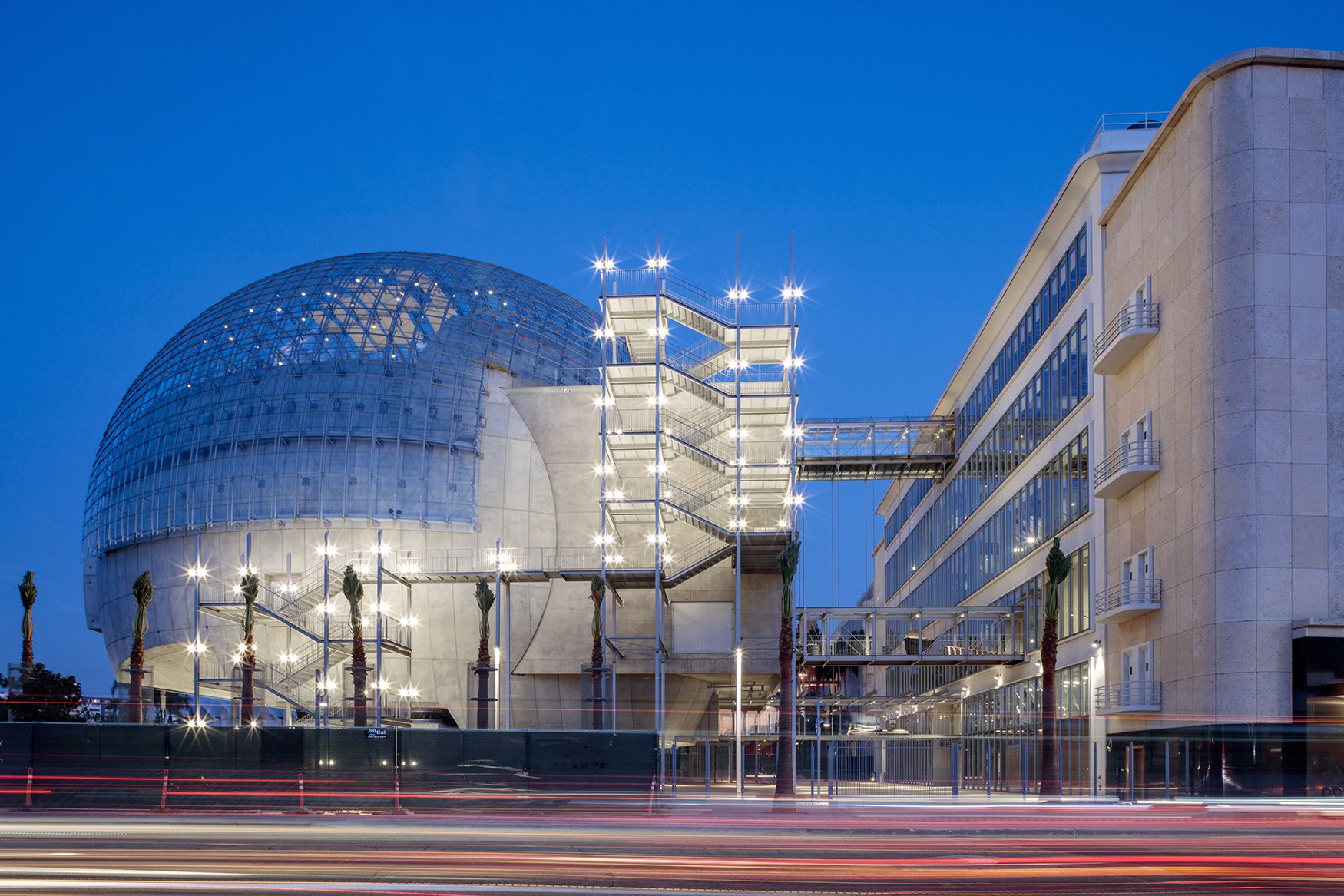

That was just one of two brief mentions of Mayer, a penniless Russian Jewish immigrant who managed to create the film industry’s most prestigious studio, produced hundreds of classic films and was the moving force behind the creation of the Academy itself. Mayer’s alleged harassment of the film’s female star Judy Garland. One of its major temporary exhibits highlighting 1939’s “Wizard of Oz” focused on producer Louis B. In its initial story, the Forward pointed out that while the museum spotlighted the contributions of people of color and the LGBTQ community to Hollywood, it excluded any substantive or nuanced mention of the industry’s largely Jewish founders and the century of Jewish filmmakers who followed in their footsteps. This has been a learning experience for us,” he said. Kramer said the Forward piece sparked conversations about why the Jewish founders were not included when the Museum first opened its doors. In October, the Forward published an article noting that the museum left out almost any mention of Hollywood’s founders. “We never had any desire to exclude or not represent the Jewish founders,” Bill Kramer, the museum’s director and president, told the Forward, “We long planned on having a temporary exhibit highlighting them but are now going to make it permanent.” Scheduled to open in 2023, a permanent exhibit on Hollywood’s mostly Eastern European-born Jewish pioneers will explore how and why they established the film industry in Los Angeles and how the studio system contributed to the development of one of the most diverse cities in the world.

“The Academy Museum has taken our feedback seriously and we know that the representation of the Jewish founders is important to them.” “Cheryl and I firmly believe that the Jewish contributions to the film industry, from its founding to today, must be highlighted,” said museum lead donor Haim Saban in a Jan. The Academy Museum of Motion Pictures’ recent decision to create a permanent exhibition showcasing Hollywood’s pioneers allayed the concerns of critics, historians, activists and another important museum constituency: donors.

This piece first appeared in the Forward.


 0 kommentar(er)
0 kommentar(er)
